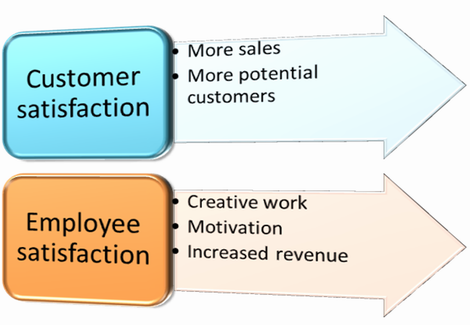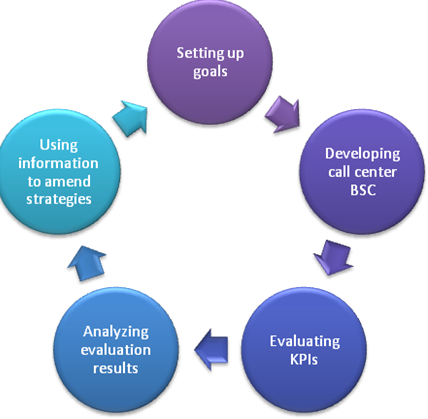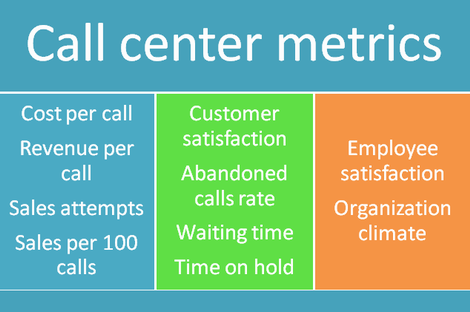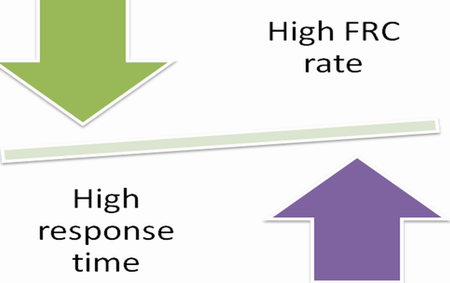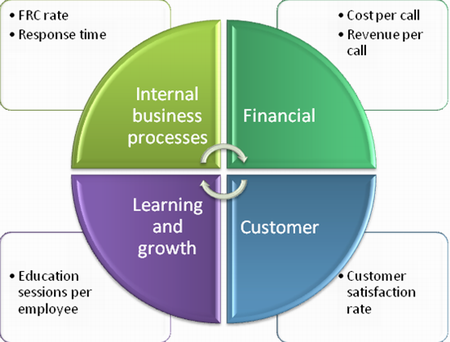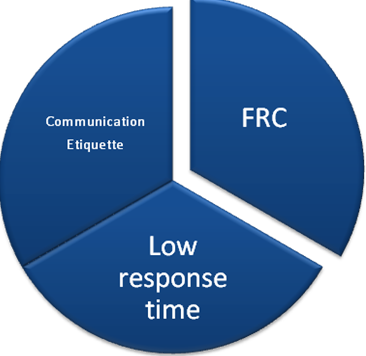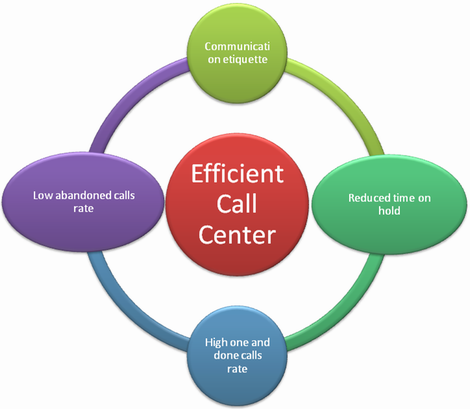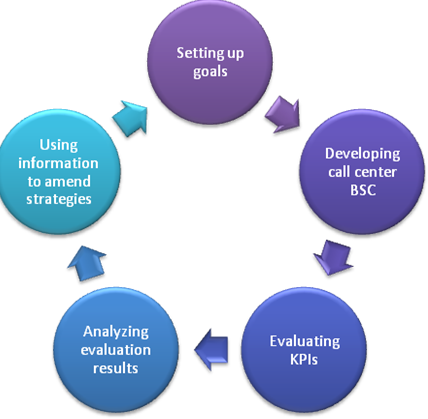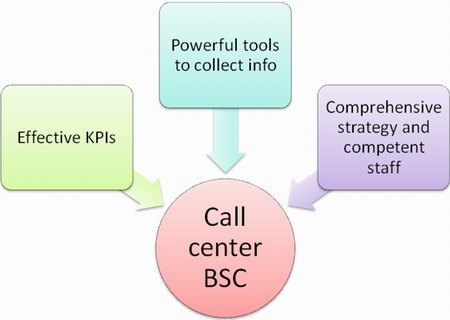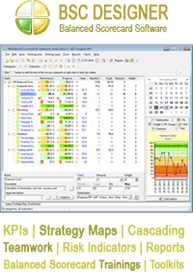Call centers have become extremely popular in our society nowadays. This is because lots of businesses consider it important to provide their customers with centralized servicing and round-the-clock support. A call center is frequently nothing more than just an office, where agents receive incoming calls from the company’s clients or make corresponding outbound calls. They typically employ dozens of people in order to be able to meet all customers’ requirements. Therefore their managers realize the importance of implementing call center metrics. However, they frequently face difficulties when it comes to the very process of their selection and tracking. This is because they do not know what to start with and how to encourage employees to contribute to successful call center performance.
If you are really concerned with effective improvement of your company, then you should definitely start with finding proper call center metrics to implement. The fact is that this task may be quite challenging simply because there are a lot of them these days and they all have particular benefits. However, you should know that not all metrics you may find will be right for your call center. Consequently, it is you who have to define what metrics exactly you would like to set up for your particular business with regard to its specialization, specific problems (if any) and current success. You should also pay special attention to those metrics, which can effectively satisfy the needs of your customers.
Now, let us proceed to the analysis of the most popular call center metrics, such as the average handle time, first call resolution rate, average answer speed, the approximate amount of talk time an agent needs to handle the call successfully, customer satisfaction etc. All of them are interrelated and may affect each other in different ways. For example, if your employees will do their best effort to improve the average handle time only, this may have a negative impact upon the quality of incoming calls they receive. This is because they may fail to answer the callers’ questions or solve their problems properly. As a result, this will decrease both the rate of first call resolution and the level of customer satisfaction, thus affecting the company’s reputation. As you see, it is of vital importance to consider not only quantity metrics, but those that are related to the quality of servicing as well. If you manage to cope with these tasks successfully, the performance of your company will be undoubtedly improved.
